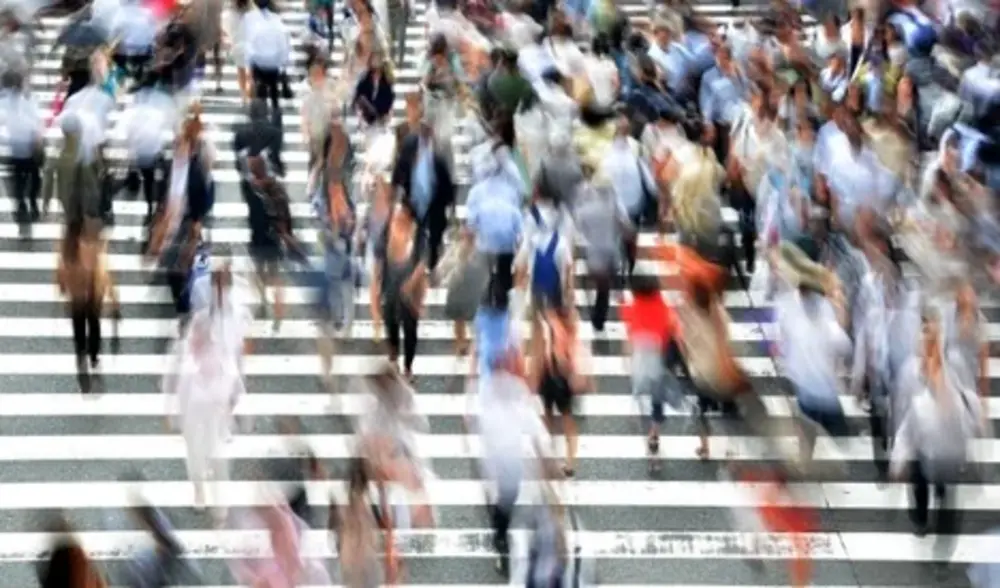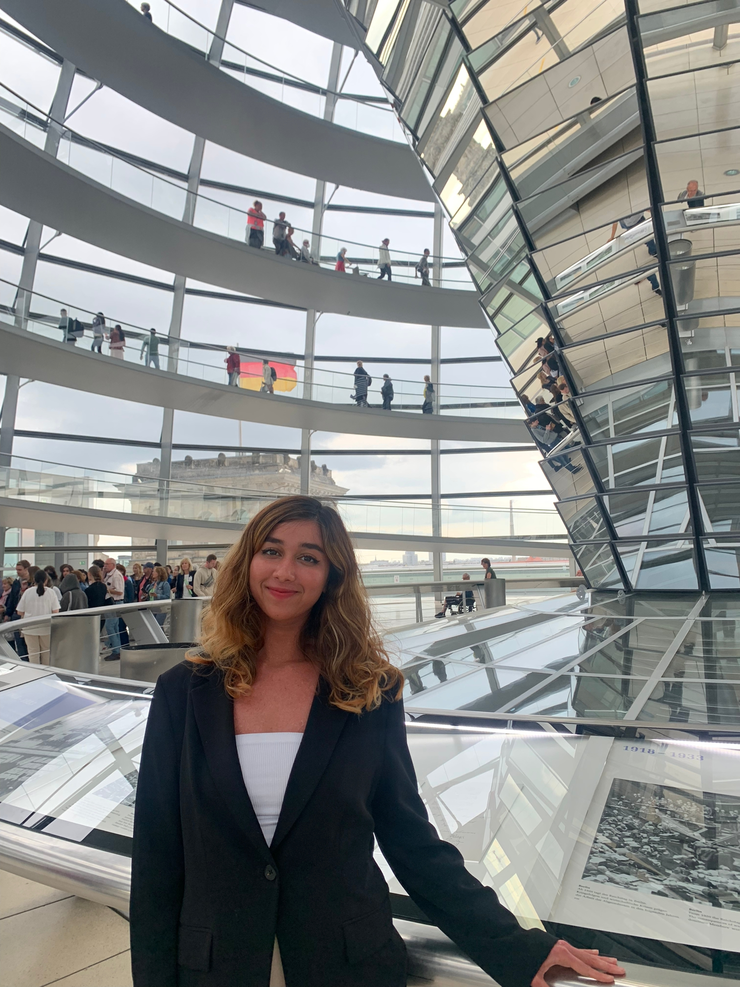A feminist city? What would that look like?

Picture yourself walking through a city as a mother for a day. How are you moving? What kind of transport would you be using with a baby stroller? Would you consider quitting your job, changing places, depending on where your kids go to school and where you are located? Would you think the city has adapted enough for you to be able to access public spaces?
Women calculate their routes differently than men, with more consideration to utility for care work and safety. For women, rape myths are present and have geographies, evidenced by comments such as, "what were you doing alone in that area at night?" or "why did you decide to walk through a dark park?"
Understanding how urban spaces impact different genders is crucial. It drastically affects the quality of life. The concept of feminist urbanization explores the ways in which urban areas can reinforce or dismantle gender disparities. It focuses on developing cities that emphasize inclusivity, safety, and equal access for individuals of all genders. It is not only limited to gender considerations, but also to race, age, class, sexuality, and disabilities.
Historically, urbanization has always been marginalized, even from medieval times until now. Cities in periods of industrialization saw a huge growth in population numbers, where people moved from rural areas to big cities to find job opportunities. However, as men found employment in factories and industries, women found themselves often limited to poorly paid jobs in domestic work, textiles, or piecework. Urban environments became more divided by gender, as men dominated the realms of work and politics in public spaces, while women were confined to the private sphere of their homes and families.
The physical configuration of our cities remains instrumental in shaping and impacting social dynamics, power dynamics, inequality, and other aspects. While materials like stone, brick, glass, and concrete lack agency and aren't intentionally upholding patriarchal systems, their structural design plays a role in influencing the range of options available to individuals and communities. These structures can enforce certain norms and values while deeming others as “out of place” or incorrect. Ultimately, when considering social transformation, the physical environment of cities holds significant importance.
Traditional city planning has historically overlooked the needs of women, including issues such as inadequate public transportation, poorly lit areas, and a lack of childcare facilities. Therefore, urban design must prioritize safety, accessibility, and convenience for all residents.
Incorporating inclusive parks, plazas, and recreational spaces that cater to diverse needs plays a vital role in fostering community-building and enhancing social cohesion. Moreover, the relationship between housing policies and gender equality is an essential consideration, encompassing aspects such as affordable housing, support for single-parent households, and the provision of secure living environments.
The intersectional approach of feminist urbanization also intersects with economic empowerment, promoting opportunities for women's entrepreneurship, equal pay, and career advancement within urban areas. It is paramount to cultivate diverse and inclusive workplaces that support gender equality.
Additionally, addressing concerns related to well-lit streets, surveillance, and the architectural design of public spaces to deter harassment is crucial. Well-lit streets provide visibility and reduce areas for potential perpetrators to hide, increasing the chances of deterring harassment. Surveillance cameras can act as a deterrent by monitoring public spaces and recording any incidents that may occur. Additionally, the architectural design of public spaces can impact social behavior; open and well-maintained areas can promote a sense of community and deter antisocial behavior, including harassment. Together, these elements help create a safer environment and reduce the likelihood of harassment occurring in urban areas andcreatea safe and welcoming urban environment for all individuals.
Let’s take a walk through Vienna, a model city that is created with gender considerations. Vienna's administration has enhanced the safety and convenience of the city for women by integrating a gender perspective into urban planning. Initiatives include upgrading street lighting, enhancing accessibility of parks for girls, expanding sidewalks, and tailoring social housing and new communities to meet the needs of women. Over 60 urban projects have been successfully developed with a focus on addressing women's requirements.
Vienna's government took various steps to gather gender specific-data crucial for understanding how women’s urban needs differ from men’s. This included assessing the percentage of male and female residents using particular types of transport. In the early 1990s, a photography exhibit documented how women interact with the city, leading to the establishment of a City Women's Office. A significant survey conducted by this office in 1999 focused on gender differences in transportation use, prompting initiatives to enhance pedestrian access, including wider crosswalks and improved lighting. Another study by sociologists revealed disparities in access to public parks for girls and boys, prompting a government project to redesign these spaces to be more inclusive for girls with new activities and increased footpaths. Gender-specific analysis is now a standard aspect of planning for much of the city's new infrastructure, such as evaluating bidders for social housing projects based on their gender impact alongside functionality and aesthetics.
So, how would a city achieve urbanization that considers different usage is each gender? Achieving gender-inclusive urbanization requires sensitization efforts to raise awareness about the unique needs and challenges faced by different genders. Governmental bodies should undergo sensitization training for gender mainstreaming to ensure policies and infrastructure are designed with gender equality in mind. Furthermore, is crucial to have diverse representation, including women, mothers, and other minorities, in decision-making processes to create inclusive and equitable urban spaces that cater to the needs of all residents.
References
Chalaby, O. (2017, August 23). How Vienna designed a city for women. Apolitical. apolitical.co/solution-articles/en/vienna-designed-city-women
Kern, L. (2020). Feminist city. Durnell Marston.
Monk, J., & Hanson, S. (1982). On not excluding half of the human in human geography. The Professional Geographer, 34(1), 11–23. doi.org/10.1111/j.0033-0124.1982.00011.x
About the Author

Neha Singh, a Masters in Public Policy candidate at the Willy Brandt School, possesses a background in community management, spanning areas such as environment, urbanization, gender, digitalization, marketing, and partnership development. Her expertise has been honed through roles in education technology startups, community building initiatives, international cooperation with GIZ Thailand, facilitating workshops for feminist urbanization sensitization, and various positions within both local and national committees of AIESEC Thailand. She is dedicated to making a difference on environmental topics, conflicts, human rights and a better life for all.
~ The views represented in this blog post do not necessarily represent those of the Brandt School. ~